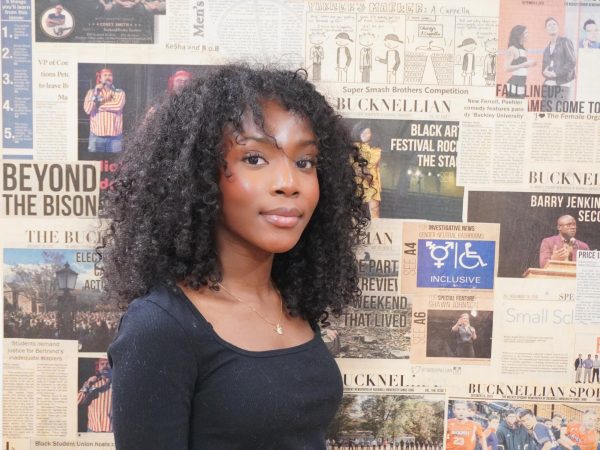“Inside Out 2” was yet another transformative Disney Pixar movie. After “Inside Out” ends with a family move to San Francisco, “Inside Out 2” begins with Riley playing a game of hockey with her friends. Due to her abilities, the coach for her high school team invites her to a three day hockey camp, which could determine whether she gets on her high school team, the FireHawks. She’s excited, and her emotions are just as pumped. Joy, Anger, Sadness, Disgust and Fear return with a new creation, Riley’s sense of self. Her sense of self is created by her carefully curated belief system. All of her good memories are stored in the belief system while the unpleasant ones move to the back of her mind (Joy says she will revisit at a later time, which means that she never will). The glowing item that represents the sense of self voices out, “I am a good person,” every so often. The first sense of self that the viewer gets is a belief system characterized only by positive memories. The belief system is beautiful, with blue neon wires of memory all connected to each other, emphasizing the best parts of Riley and the life changing memories she’s made. For a kid’s movie, thinking about one’s sense of self could get complicated, but here, it is done in a way that is digestible both to the kid and the adult. Yes, this is an adult movie too. For all of us, we are still creating our own sense of self whether we want to think about it or not. It is ever-changing.
As the movie goes on, Riley is faced with a new onset of problems, from what the emotions call “the puberty alarm.” The emotion console gets an update and five new emotions are introduced: Anxiety, Envy, Embarrassment, Ennui and Nostalgia (more on Nostalgia later). These new emotions change Riley; they make her more anxious and even more erratic as she handles new situations in ways she has never had to before. Riley goes into a downward spiral that shifts her goal from merely enjoying hockey as a sport to trying to make the team at all costs. Anxiety thinks the only way to solve this is by completely eradicating Riley’s sense of self. She throws out Joy and her fellow emotions and tries to rebuild Riley’s sense of self by adding only anxious moments to her belief system to fuel her. The problem with this is that Riley’s sense of self becomes warped with a new voice emitting from the glowing abstract object, saying, “I’m not good enough.” Riley is not the same anymore. Joy and pals want to rectify this, so they seek to find Riley’s original sense of self.
The advice this movie gives permeates into reality. Anger responds to seeing Joy give up on helping Riley by saying, “You’ve made a lot of mistakes and you’ll make a lot more in the future but if you let that stop you, we might as well lie down and give up.” It’s a message that even adults need to hear. This movie does an excellent job at not just looking out for the emotional foundation of children but enhancing that foundation for adults. The visual personification of these emotions are exactly what makes them easier to conceptualize and discuss. You can’t let anxiety and negative emotions stop you. It may be difficult, and it may give you a panic attack in a hockey booth just like Riley, but in those moments you need to rely on your sense of self and ask yourself, “What can we control?” As a method of calming down Anxiety, Joy asks Anxiety to ponder this question. You need to include bad moments of character when you create your belief system because it is the belief you develop in those moments that will continue to push you.
Riley finds Joy and her true sense of self when both positive and negative moments are incorporated into her belief system. She is no longer just a good person or not good enough, she is those things and more. She is weak and she needs help sometimes. For her, the sport is no longer about the anxiety of making the team and making new friends. Instead, it becomes something that brings her genuine joy, like it was when she was younger. “Inside Out 2” is a creative handbook that all of us can use, kids and adults alike. Along with the pains of growing, it emphasizes the importance of emotional stability, the role of positive and negative moments in our lives and finding joy again even when we may have lost it.




















